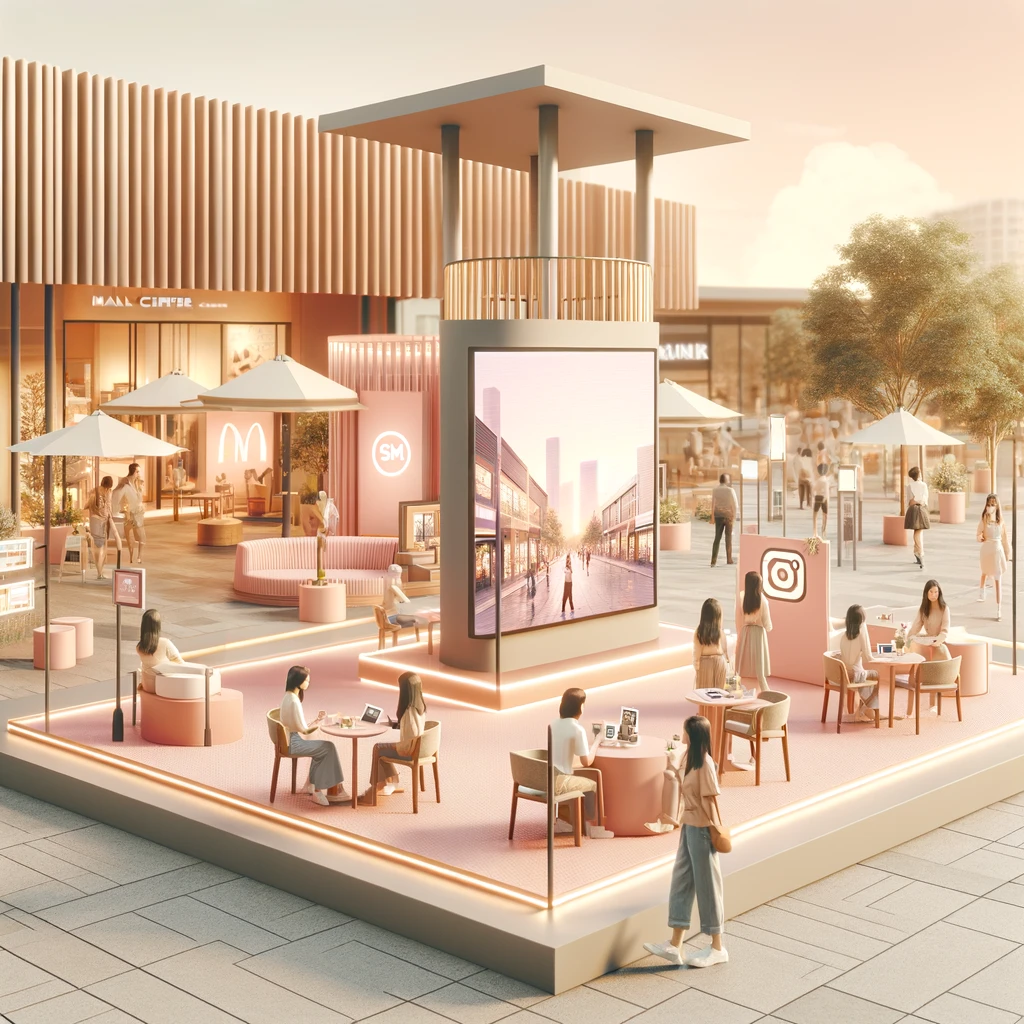The Future of Retail: Innovation and Transformation in the Shopping Experience

As we advance into 2024, the future of retail is poised for unprecedented changes driven by rapid advancements in technology and shifts in consumer behavior. For those managing malls and business centers, mastering these trends is crucial for navigating the future of retail successfully, leading many to ask, what is the future of retail?
Integration of Advanced Technologies
1. Future of AI in Retail
Artificial Intelligence (AI) is revolutionizing the future of retail technology, reducing operational costs and enhancing customer experience, showcasing what AI in retail can achieve. Beyond operational efficiency, AI is also transforming customer service through chatbots and automated systems that provide a seamless, personalized shopping experience, reflecting a deeper integration of AI across all retail touchpoints. Optimize store operations and improve efficiency with our retail management software.
2. Future of Retail Analytics
Retail analytics are becoming essential, with a significant emphasis on their ability to transform customer service and strategic planning within the future of retail. This push towards analytics is not just about understanding past behaviors but also about predictive analytics, which helps retailers forecast future trends and prepare inventory and marketing strategies accordingly. Discover how our Shopping Mall Mobile App can transform your business and drive revenue.
3. Augmented Reality (AR) and Virtual Reality (VR)
These technologies are pivotal in enhancing the future of retail experience, allowing customers to try products virtually and enhancing engagement. AR and VR are also being used to train employees, providing them with virtual scenarios that mimic real-life customer interactions and store management tasks, which improve their efficiency and readiness.

Designed by Freepik
Evolution of Retail Spaces
4. Future of Retail Stores
Future retail stores aim to draw more visitors by merging shopping with entertainment and social interaction, creating unique in-store experiences that signify the future of retail design. These spaces are increasingly incorporating elements of digital integration, such as interactive displays and smart mirrors that allow customers to see how products look on them without physically trying them on.
5. Sustainable and Smart Buildings
With sustainability becoming a critical demand, the future of retail will see spaces incorporating green technologies, influencing both retail of the future and the future of retail design. These eco-friendly initiatives include the use of energy-efficient systems and materials that reduce the carbon footprint of retail operations, aligning with global sustainability goals.
Enhancing Customer Experience
6. Personalization at Scale
Personalization is reshaping the future of retail shopping, with consumers increasingly likely to purchase from brands that offer personalized experiences. Retailers are using data gathered from customer interactions across all channels to offer highly targeted promotions and products, enhancing customer satisfaction and loyalty.
7. Omnichannel Strategies
Seamless integration between online and offline channels is crucial in the future of retail, emphasizing the importance of an omnichannel approach. This strategy extends beyond mere coexistence of channels to a fully integrated, cohesive shopping experience that customers can transition across smoothly, regardless of the platform. Try our Omnichannel Marketing Software now!
The Future of Retail Payments
8. Future of Retail Payments
The adoption of contactless and mobile payments is reshaping the future of retail payments, driven by consumer demands for convenience and security. The expansion of digital wallets and the increasing use of cryptocurrencies in retail transactions are further testament to the evolving landscape of retail payments.
Role of Retail in Community Building
9. Community-Centric Retail
Future retail spaces are transforming into community hubs, focusing on strategies that boost foot traffic and foster community engagement, showcasing the future of retail as a vibrant social space. These hubs are designed to provide not just shopping opportunities but also cultural, educational, and recreational activities that attract a broader demographic and encourage longer visits.
Mall and business center managers have a unique opportunity to harness emerging technologies and evolving consumer preferences to enhance shopping experiences. By adopting AI, integrating augmented reality, and leveraging analytics, retailers can significantly enhance operational efficiency and customer engagement.
Conclusion
Investing in sustainable, interactive retail spaces not only meets consumer demands but also positions businesses at the forefront of retail innovation. Additionally, embracing seamless omnichannel strategies and advanced payment systems will ensure convenience and security for shoppers.
Ultimately, transforming retail spaces into vibrant community hubs will not only increase foot traffic but also deepen consumer engagement, ensuring that malls remain relevant and essential in the new retail era. Embracing these changes is key to thriving in the dynamic retail industry of tomorrow.















